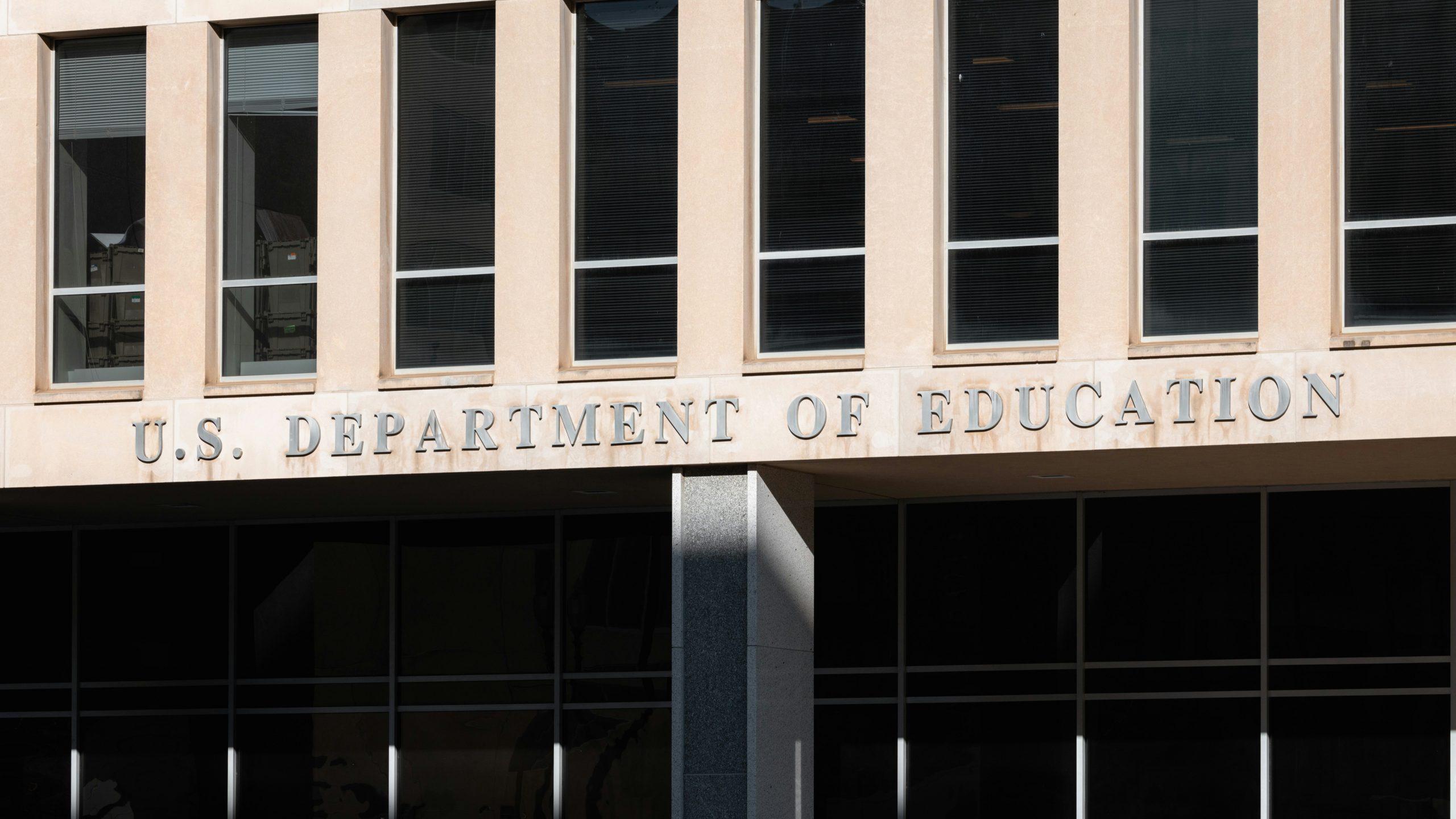2024 Tax Filing Strategies: For Income-Driven Repayment & PSLF Participants

After nearly 5 years of payment pauses and recertification delays, Income-Driven Repayment (IDR) plans are shifting back to your most recent tax return to set payments. Let’s break it down:
If you’re enrolled in SAVE:
Most borrowers are still paying (or not paying) based on 2019 income. If you’re in SAVE, The Dept. of ED recently announced that you won’t be required to recertify until February 2026—but changes under the new administration could accelerate that timeline. As a result, we expect your 2024 tax filing to be the determinant of your monthly payments once a SAVE decision is reached.
If you’re considering leaving SAVE, payments will be based on your most recent tax return as you’ll be required to certify income then.
If you’re in PAYE or IBR:
You likely already have a recertification date set (you can get this from your servicer). If that date is over this summer., for example… And your 2024 income is much higher than it was in 2023, you may want to consider extending your tax return out to October to keep your payments lower for another year. This strategy can greatly benefit recent graduates, and those who have transitioned to practice from medical training, among others.
Filing Status Strategies
If You’re Single:
- If you file Single / Head of Household, you’ll simply recertify on the scheduled date this year, keeping the above guidance in mind.
If You’re Married:
- Spouse doesn’t work? File Married Filing Jointly (MFJ)—it’s typically the best tax move.
- Spouse works? Consider Married Filing Separately (MFS) if it lowers your student loan payments.
🔹 Live in a Community Property state? (AZ, CA, ID, LA, NV, NM, TX, WA, WI)
If filing MFS, your tax return will show half of household income. If that’s higher than your actual earnings, you should submit a payroll stub instead of using the IRS-linked tax return to get a lower payment.
💡 Key Consideration for PSLF Candidates
Payments made under SAVE’s payment pause do not count toward PSLF—but the PSLF Buyback program still offers a way to secure forgiveness. If you don’t want to take that risk, you do have the option of switching to PAYE or IBR to make qualifying payments again (but they will be based on your most recent tax return).
I wish I could tell you with certainty what option is optimal. ED seems committed to the PSLF Buyback option, and recently suggested expanding it. We’ll continue to keep you posted.
Need Help?
📌 Register for a PSLF Support Session to see a full breakdown of your repayment and tax filing options, and complete any necessary action items in real time.
📌 BenElevate Clients: If your employer is a BenElevate Client, you can get the meeting registration link from your HR team.
*BenElevate does not provide tax advice. Consult a tax professional for personalized guidance.





Sorry, Comments are closed!